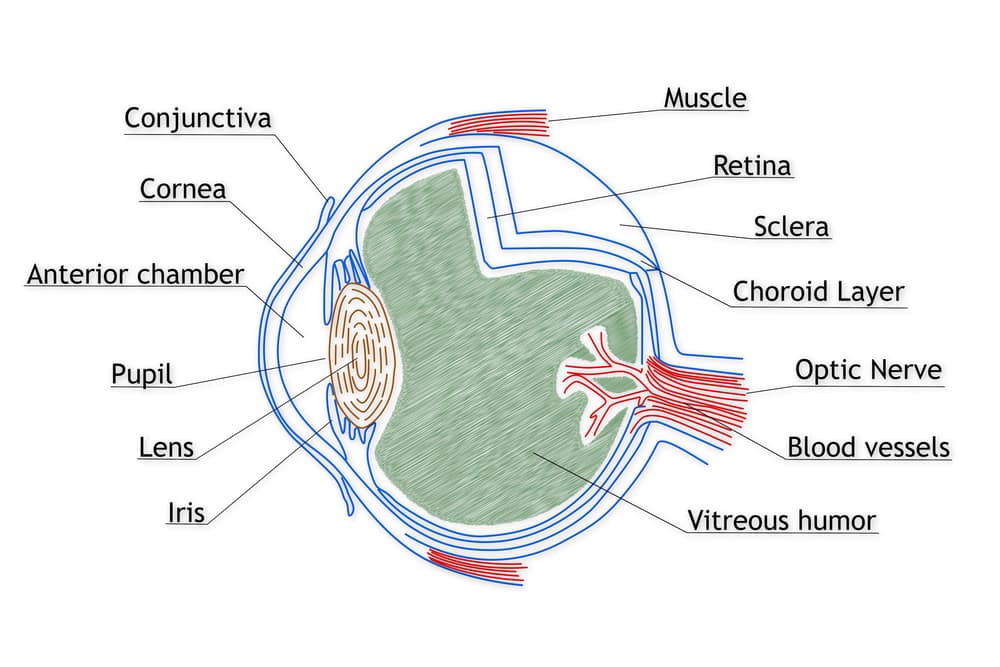Have you noticed new floating objects in your vision or perhaps flashes of light when you look around the room? You may be dealing with posterior vitreous detachment (PVD). Checking for posterior vitreous detachment is an important part of assessing your vision. According to the American Society of Retina Specialists, PVD is a change that can occur during adulthood. In some mature eyes, the vitreous gel separates from the retina, which is the light-sensing nerve layer. Below, we’ll discuss the symptoms and treatment options for this condition.
Exploring Posterior Vitreous Detachment
Causes of PVD
As we age, so does the vitreous gel within our eyes. In some aging eyes, the gel turns to liquid, and the vitreous cavity is no longer able to be filled to its normal volume. When the vitreous gel condenses, this affects the back of the eye and the retina is no longer protected. The gel detaches from the retina, which leads to posterior retinal detachment. When abnormal adhesion occurs, the risk of a retina or retina blood vessel tear increases.
Cases of PVD can be mild, but the more symptoms you experience, the more likely it is that your vision will be strongly impaired. In some cases, retinal detachments or epiretinal membranes lead to permanent loss of vision.
Symptoms of PVD
The beginning stages of PVD may not be noticeable at first. Experiencing floaters does not necessarily mean you have posterior vitreous detachment, but a noticeable increase in floaters is concerning. If you are also seeing flashes of light, especially in darker surroundings, they may be signs of PVD. What do these floaters and flashes of lights look like? Experts say that they often resemble cobwebs, insects, or dust. A Weiss ring may also be a symptom of PVD. Normally, symptoms of PVD are not sudden but gradually increase over time.
If you are experiencing any of the symptoms listed, it’s important to have your eyes examined. Contact your eye doctor right away.
Risk Factors of PVD
If you’re under the age of 40, it’s unlikely that you will develop PVD; however, eye trauma, near-sighted vision, and cataract surgeries could potentially lead to PVD. The likelihood of it progressing beyond mild floaters and eye flashes is not common. In fact, 85 percent of those who experience the beginning symptoms of PVD will not progress past that point. In most cases, symptoms subside within about three months.
_____
Have you recently noticed that you have symptoms of posterior vitreous detachment? The best thing you can do for your vision is to have your eyes checked by a professional.
If you’re worried about PVD and you live in southwest Missouri, contact Heffington’s. Since 1975, the Heffington family has been assisting the Springfield community with top-quality eye care and affordable eyeglasses and contacts. One of the unique features of our family-owned business is that we manufacture lenses at our own laboratory, giving us total control over the service and pricing, and we’re happy to pass our savings on to you. To learn more about our products and services, please get in touch with us online, send an email to asktheexperts@heffingtons.com, or give us a call at 417-869-3937 (Optiland location) or 417-882-3937 (House of Vision location). We look forward to hearing from you!

